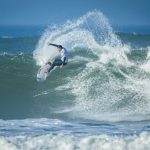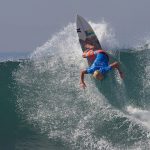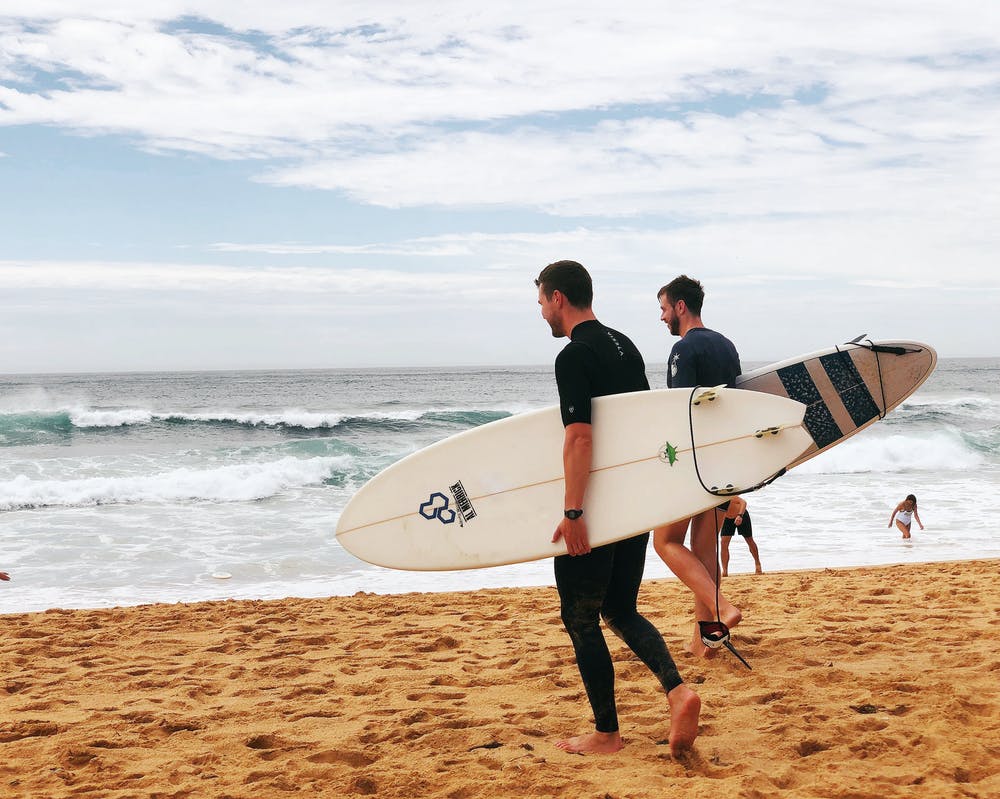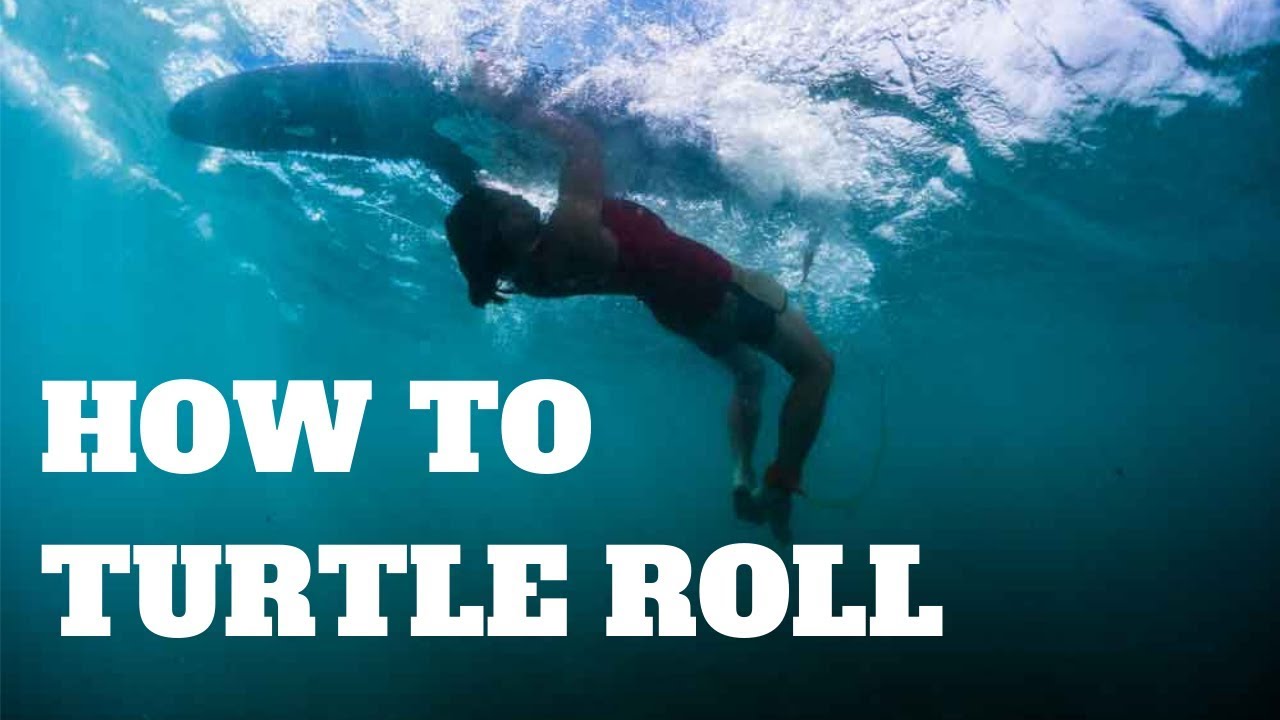
Rowing takes up most of any session, and proper technique makes rowing more efficient and less exhausting.
On the board, you should position yourself so that the toe is just a few centimeters above the water.
If you lie too far to the stern, the bow rises too high, and the board will not glide well in the water due to the increased resistance. It is the most common mistake made by newbies.
On the other hand, if you lie too close to your nose, it will burrow into the water, and at best, you will not budge, and at worst, you will slip into the water yourself.

Keep your feet together and fully raised out of the water to avoid unnecessary resistance.
This position is inconvenient for beginners because the distribution of the load on the muscles is unusual.
You will tire quickly at first but quickly get used to it when the right muscles get stronger.
The paddles must be deep – do not paddle in the water! It is common for girls and women not to straighten their arms completely during the stroke, but guys often suffer from this too!

Extend your arm fully forward, slightly spread, and bend your fingers in the palm of your hand, and then stroke in a slightly S-shaped movement, on the inside of which the needle goes somewhat under the board.

Rowing with both hands simultaneously in the butterfly style is not worth it. It is not necessary, and you will lose momentum as you swing.
From time to time, you can see people twirling their arms like propellers on takeoff and floundering like wounded seals, but at the same time hardly budging.

Practice near the shore before attempting to scoop out the break. Once you’ve learned how to speed up the board, you can try lying down.
Then, accelerate towards land over the sandbank, and when the wave overtakes you and carries you to the shore, grab the rails and hold on!
And most importantly, do not forget: correct rowing is the key to success.




